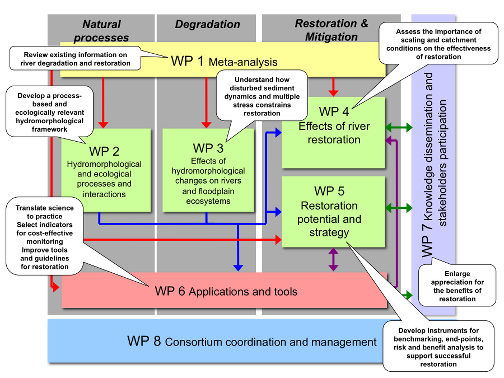These proceedings of the International Conference 'Novel Approaches to Assess and Rehabilitate Modified Rivers', which took place from 30th June to 2nd July 2015 in Wageningen (the Netherlands), contain the extended summaries of nearly all keynotes and oral presentations as well as several poster presentations. They are preceeded by a description of the scope, objectives and topics of the conference, feedback from the advisory and a visual impression of conference. The contributions are grouped within the six conference topics:
- Assessment and rehabilitation of hydromorphological processes in rivers
- Discerning the impact of hydromorphological modification from other stressors
- Achievements by restoration and mitigation practices
- How to improve the (cost-)effectiveness of river rehabilitation?
- Benefits of river rehabilitation and synergies with other uses (flood protection, navigation, agriculture, hydropower)
- Linking science to practice: tools to assess river status and guide rehabilitation to optimize river basin management

